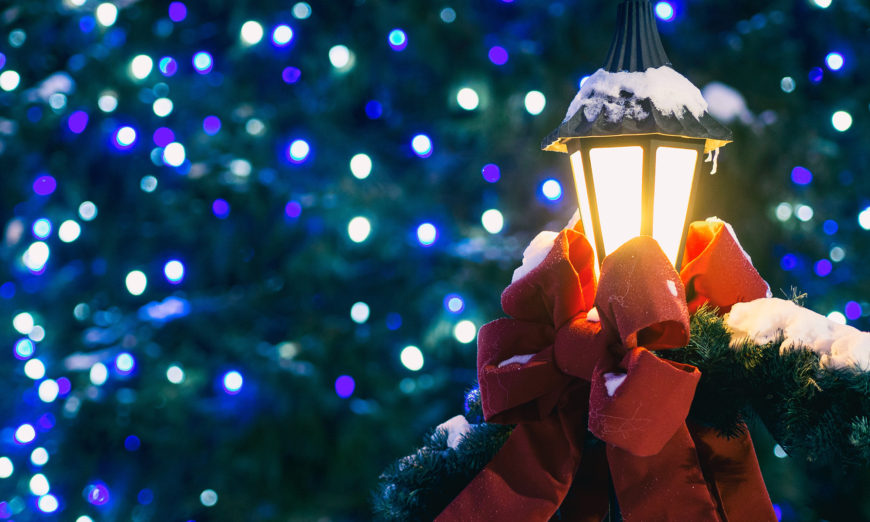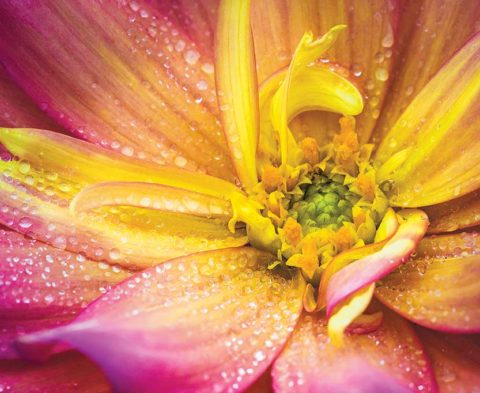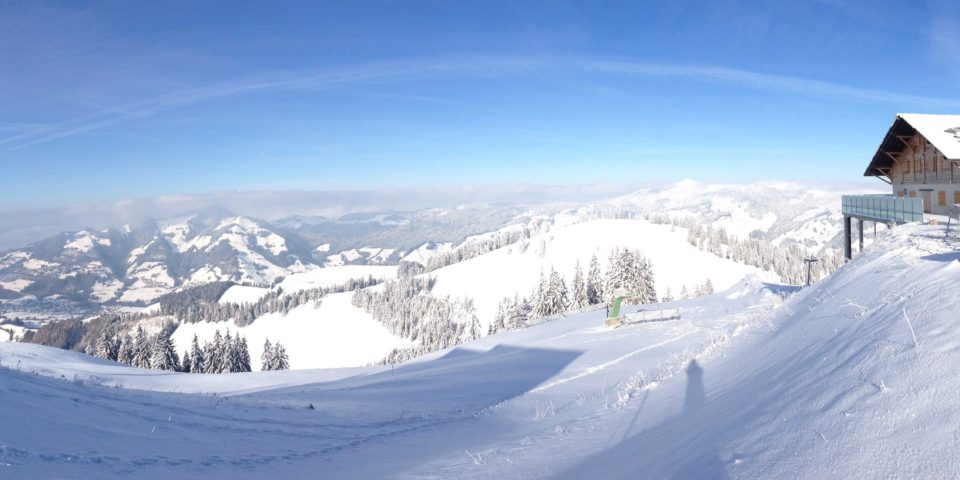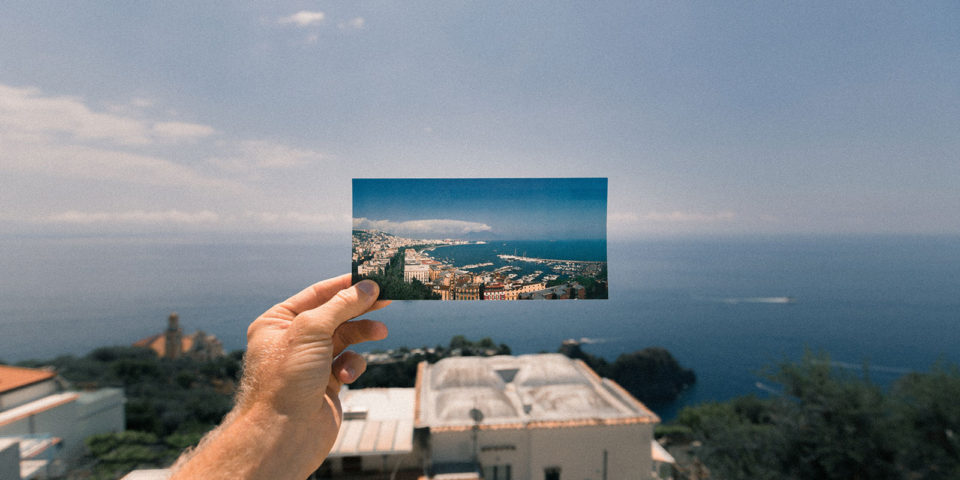‘Tis The Season
As the holidays approach, many cultures celebrate this time with the use of bright and colourful outdoor lighting. Whilst you may have installed outdoor lighting year-round from somewhere like fullmoonlightingllc.com/outdoor-lighting-services/, a lot of homes and businesses go the extra mile during the holidays. While once these decorations were relegated to fixed incandescent bulbs on wires, we now see projected images, moving images, illuminated characters and more. Lighting still includes incandescents but can also include LEDs as well as strip lights. The old guides still work, but more experimentation may be required to make it work.
Embrace the Enthusiasts
In my neighbourhood there are always a couple of homes that go all out with the lights. These people put a lot of time and effort into their lighting displays and clearly get a lot of joy from them. My friend Sean is one of these enthusiasts and even brings in generators to help power his lighting displays. When people work this hard, we can go make awesome images, and return the favour by sharing the image on social media or even better, as a print.
Setup and Gear
While the lights look bright to our eyes, they really aren’t that bright and the push to power efficient LED sources has actually resulted in lights that are less bright. This tells us that we will need to use more sensitivity and slower shutter speeds. Don’t worry though, here’s a list of guidelines that will help you get there.
- No flash. While flash may be very useful for some very specific shots, in general the rule is no flash. It will either overpower the holiday lights or not have enough power for the distance required and result in flat, dark and boring images.
- Put your camera in Manual (M) mode. This is one of those situations where automation may not work to our benefit.
- Put your camera on a tripod. Slower shutter speeds are more likely to show camera shake and that can result in blurred images.
- Be ready to go to manual focus. Some AF systems need more contrast to focus than we will find in such a scene, even though it seems to be high contrast.
- Start with an ISO setting of 800. This is an excellent starting point to work from.
- Use a wide angle lens. Many photographers have a kit lens such as 18-55 on crop sensors and 24-70 on full frame, or 12-40 on micro 4/3. The wider field of view means that you will be able to fill the frame without having to step back too far. It also means more depth of field at whatever aperture you choose.
- Try a starting aperture of f/4 on a crop sensor or M4/3 and f/5.6 on a full frame camera. Focus on the front of the place where the lights are mounted.
- You need a place to start for shutter speed. Try 1/30 of a second. If too bright, raise the shutter speed one stop (1/60) and take a test shot. Keep going up until you like the exposure. If too dark, lower the shutter speed one stop (1/15 and take a test shot. Keep going down until you like the exposure. Most folks find themselves on target in 3-4 tests. Now you know the exposure settings that work for the scene and can spend your time on composition and telling the story.
- Even though you are on a tripod, don’t leave it one place. Shoot from different positions and different heights. A low angle can create a sense of power and dynamism, a higher angle (small step stool) can give you a non-standard perspective.
- If you are concerned about moving the camera with long shutter speeds, use your wired cable release to reduce the chance of camera shake when you squeeze the shutter.
- For some fun, you might try to place yourself where there are lights close to you, but the building further away. Open the lens aperture all the way (smallest number such as f/2.8) but focus on something farther away. The lights will blur out of focus and you will get some cool looking out of focus highlights. Sometimes referred to as bokeh, the highlights will have different shapes depending on the lens construction.
Summary
With the change in seasons, we have less daylight, so you don’t need to be prowling the streets at midnight, you can get very nice images right after supper. If you live in a mid sized town or city, the local government or private businesses may also have engaged in some decorating, so head down to your main street and photograph the decorations and the shop windows. It’s easy and good fun.





